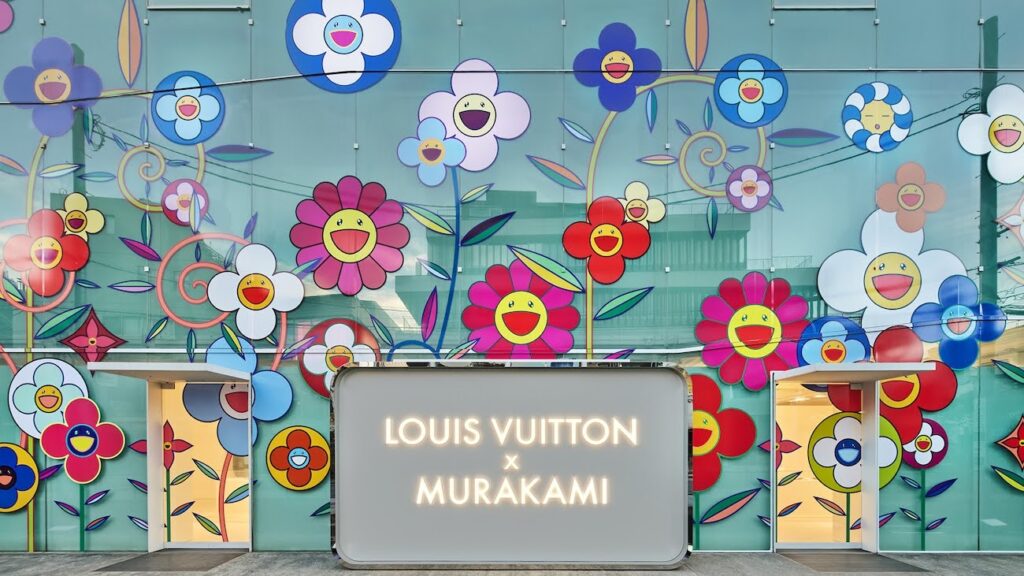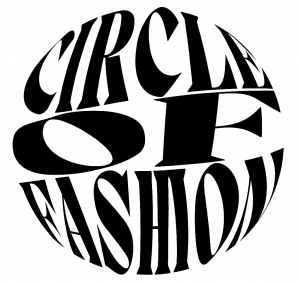Written by Thelma Gauthier
Edited by Olivia Taylor
Louis Vuitton has always embraced a bold creative impulse, as demonstrated by their appointment of Pharrell Williams as artistic director, the architectural brilliance of the Louis Vuitton Foundation, placing their trust in Frank Gehry, and ever since their operation in support of artistic patronage (recently featuring Tom Wesselman). But at its core, Louis Vuitton remains a malletier, with travel, heritage, and discovery woven into their DNA. A century after the creation of their first trunk, this spirit continues to be expressed through the brand’s international and creative freedom, all while staying deeply rooted in its French identity.

Japanese artist Takashi Murakami, known for his vibrant, playful aesthetic of flowers, polka dots, and cherries, was heavily influenced by post-war comics that helped his generation cope with the trauma of the past. His collaboration with Louis Vuitton in the 2000s quickly became iconic, especially for bringing the multicolored monogram to life on everything from keychains and sandals to bags and trunks. Murakami’s work is highly regarded in the art world, often reflecting Japan’s recent history—from the atomic bomb to tsunamis and earthquakes. His diverse creations, including paintings, sculptures, installations, and animation films, are marked by a unique style that mixes traditional techniques with modern technology.

On the other hand, Louis Vuitton’s legacy as a luggage-maker stretches back even before the company was founded. In 1837, at just 16 years old, Louis Vuitton himself walked to Paris and began an apprenticeship with Monsieur Maréchal. During a time when travel by horse-drawn carriage, boat, and train often meant rough handling of luggage, travelers turned to skilled artisans to safeguard their belongings. Since then, the maison has evolved and now has a site that reflects this heritage on the outskirts of Paris. As the largest company under LVMH, Louis Vuitton has maintained its position as a luxury brand that is well known for all types of leather goods, ready-to-wear clothing, accessories and, as of recent, horology.

As LVMH explains, the virtue of the collaboration lies in the unique combination of two distinct cultural worlds:
“Globally-renowned artist Takashi Murakami draws inspiration from traditional Japanese painting, manga, sci-fi, and pop culture. Louis Vuitton × Murakami celebrates these creations through a highly sought-after range of women’s leather goods and accessories, including the iconic City Bags, silk scarves, sunglasses, fashion jewelry, shoes, and perfumes. Each piece has been reimagined with cutting-edge technology, enhancing the vibrancy of colors and the precision of Murakami’s motifs. This fusion of Louis Vuitton’s storied craftsmanship with Murakami’s artistic vision has resulted in unparalleled creations.”
The collaboration exhibits a paradoxical encounter made possible by the spirit of travel—a spirit central to the house’s heritage, which has always embraced exchange and exploration.

The first phase of the renewed partnership includes pop-up retail stores and an edgy advertising campaign featuring Zendaya, leading up to the highly anticipated Cherry Blossom reedition, set to launch in March 2025 both in-stores and online. Celebrities have been increasingly seeking vintage Louis Vuitton pieces, with many now specifically looking for items from the 2000s collaboration. The vintage Louis x Murakami market is expected to go wild in the coming months, particularly in Japan where vintage already holds significant appeal. This specific collaboration with Murakami is sure to elevate that interest even further.
The bags from this collaboration are among Louis Vuitton’s most iconic pieces, including the Keepall travel bag, the highly successful Dauphine, and the timeless Neverfull. Fashion enthusiasts couldn’t be more thrilled—this is, without a doubt, one of the most exciting luxury collaborations of the past decade.


Leave a Reply